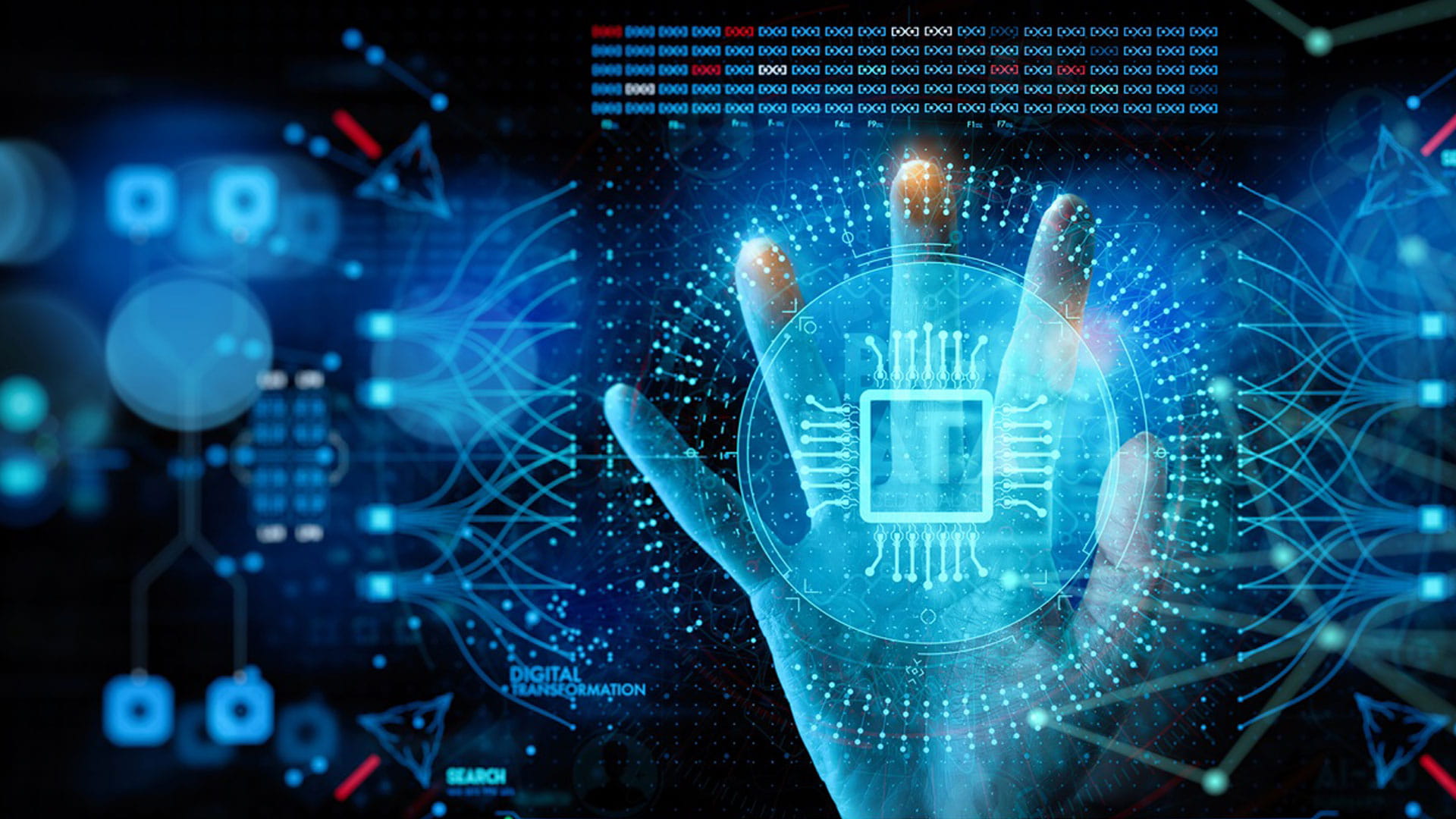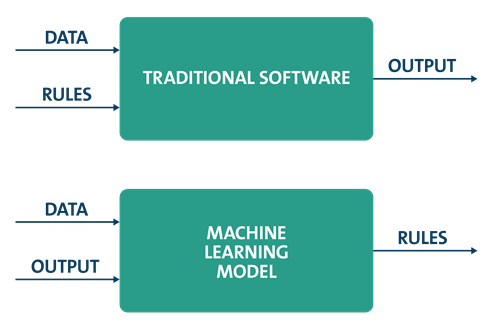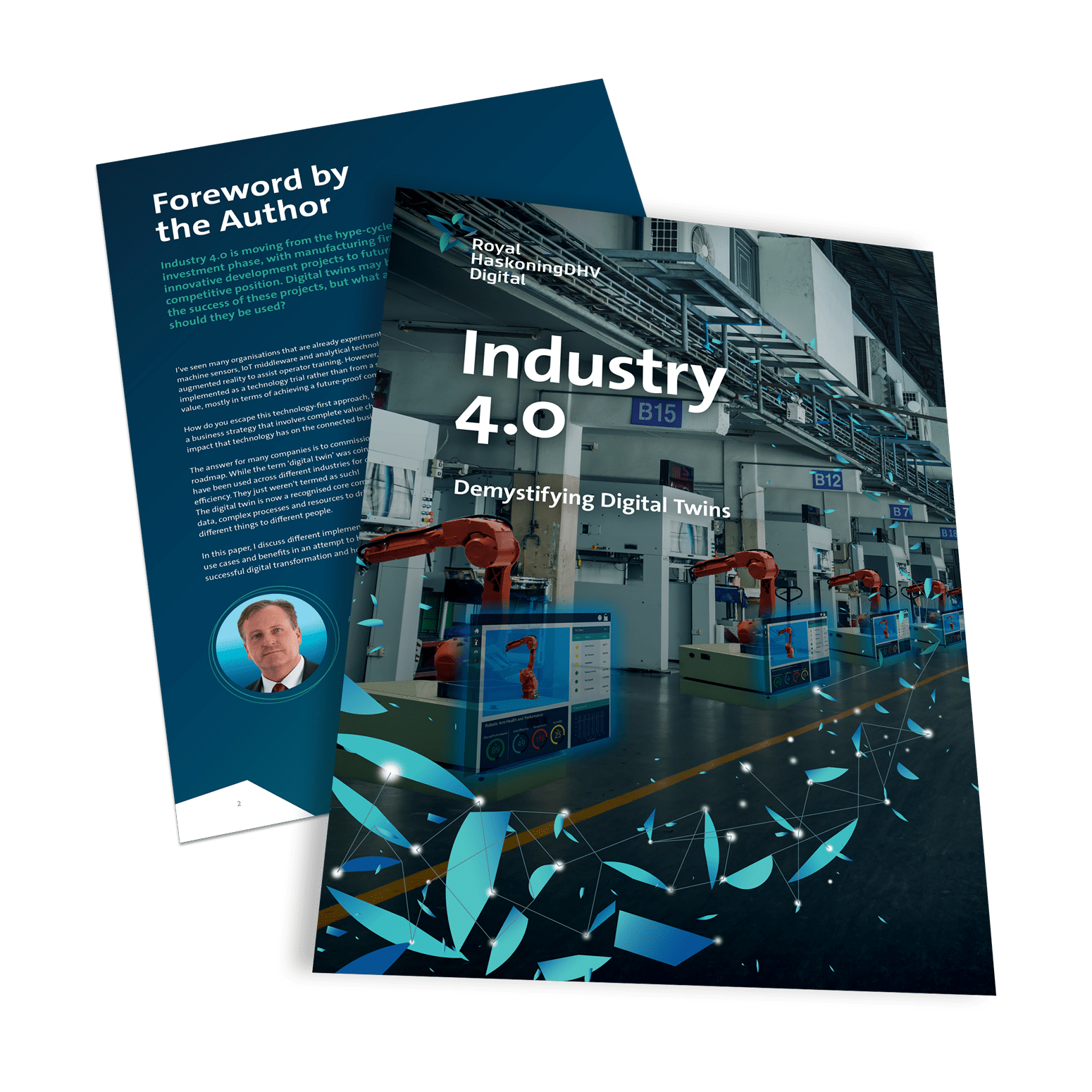Where AI meets simulation

Why? Because these technologies perfectly complement each other. While AI and data science are both powerful tools, there are still a host of problems that are better solved using simulation. And vice versa. By having experts in both approaches, we can deliver the insights our clients need in any situation.
Key take-aways
2. The role automation can play in optimisation
3. How machine learning can accelerate your simulations
Uncovering a hidden opportunity
What really gets us excited though, is the possibility of using simulation and AI together to provide even more value from our services.
For example, what if we could use simulations to train our models (as seen in reinforcement learning)? Or the other way around – can we see our models working in simulated environments before deploying them in the real world?
After giving this some thought, we came up with several possible ways of combining AI and simulation. For now, we’re exploring two of those possibilities with one of our US-based industrial clients:
- Can we speed up the optimisation process by having an AI analyse simulation outcomes and point out possible improvements?
- Can we speed up or extend simulations by replacing time-consuming models with fast AI approximations?
Speeding up the optimisation process
Our client has already developed detailed simulation models of their facilities, and is using them to analyse possible optimisations. But imagine being an analyst looking for possible optimisations in 10,000 simulated years of facility operations. And in an environment with hundreds of machines.That’s a huge challenge. And when you want to do this continuously, to iteratively come up with improvements that you can test, that challenge becomes more complex and more time-consuming.
That’s why we’re looking at how AI can speed up these processes, using machine leaning models that can automatically identify areas for improvement when going through simulation outcomes.
The goal is to make the analyst’s job easier – but that’s just the start. Ultimately, we want to generate new scenarios based on these identifications and feed them back into the simulation. If we can do this, we will effectively have an AI-based optimisation engine for use across all verticals.

Extending simulations with AI approximations
The image above is probably familiar. What it doesn’t tell you is that a machine learning model can be much faster than a “traditional” model.True, that speed might come at the cost of lower accuracy, but in many cases that’s not a problem. Going from a 15-minute to sub-second compute time is worth it, especially if we’re considering a model that needs to be used for decision-making inside the simulation numerous times.
By combining AI with simulations, we’re confident we can deliver insights to our clients much faster – and we’re in the process of doing so right now.
AI + simulation = digital twins!
It is not hard to see how these AI-infused simulation models, fed with real-time data, can provide prescriptive functionality to digital twins.
Take this example:
- A digital twin uses AI to detect an impending failure in a pump. It predicts the pump will fail in 90 days.
- Again using AI, the twin also detects that this pump is a critical part of your process. It then uses simulation software to find an improved solution, and suggests replacing the pump with a bigger version.
- Using simulation software, the digital twin identifies an optimal time to replace the pump with your new bigger version – 60-65 days from now.
Thanks to the combination of AI and simulation software, this problem is identified and solved with optimum efficiency – and with minimal human interaction.
The Royal HaskoningDHV Digital approach
At Royal HaskoningDHV Digital, we spend a lot of our time working with clients to co-create digital twins tailored to their needs, incorporating data science and AI, data consulting, data engineering, digital transformation consulting, predictive simulation and our 140 years of domain expertise.
If you’d like to learn more about how we’re combining AI and simulation, or how our digital twins can help your business, get in touch.
Download our white paper

Stayupdated
Keeping up to date with the latest digital twin news? We've got you covered
